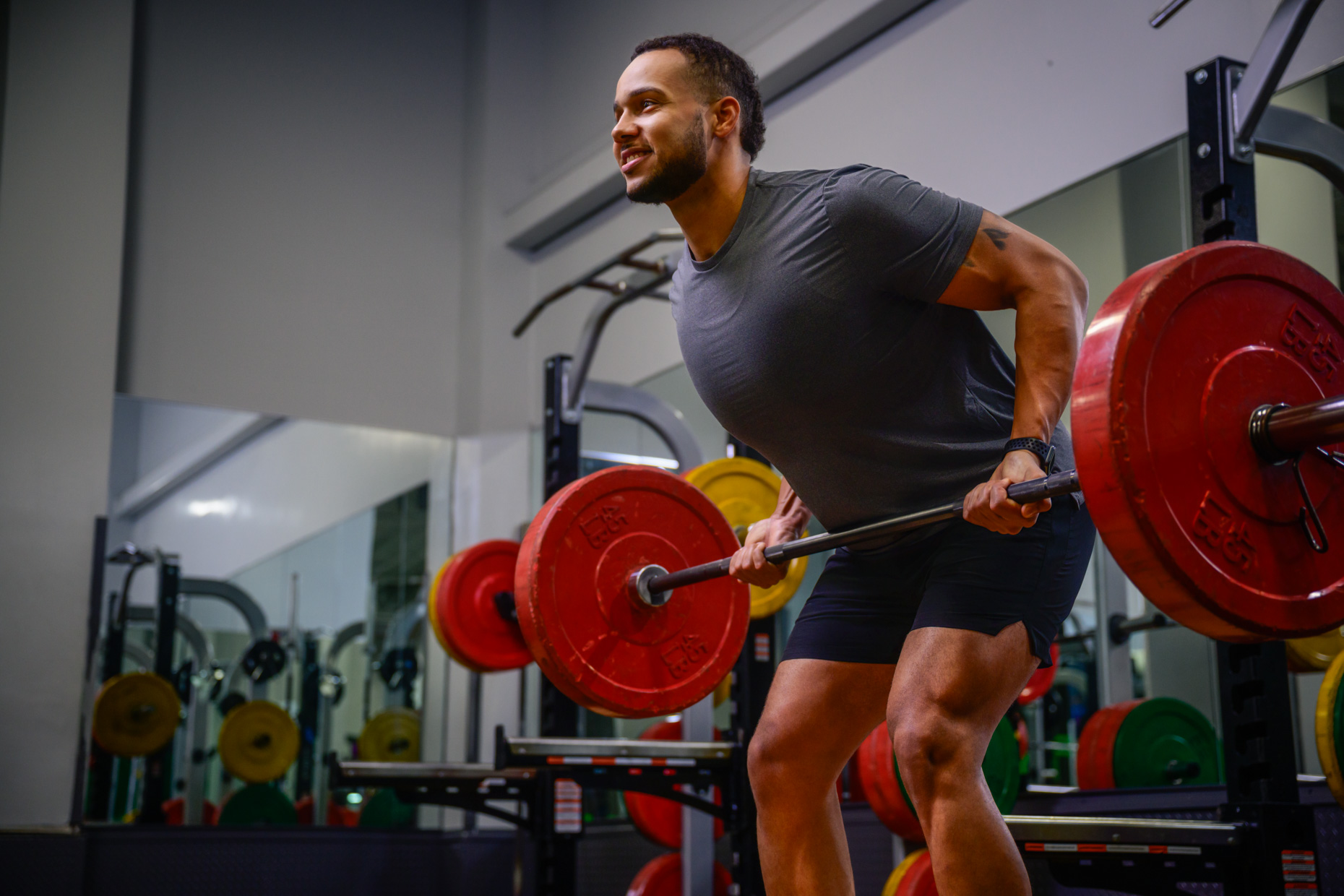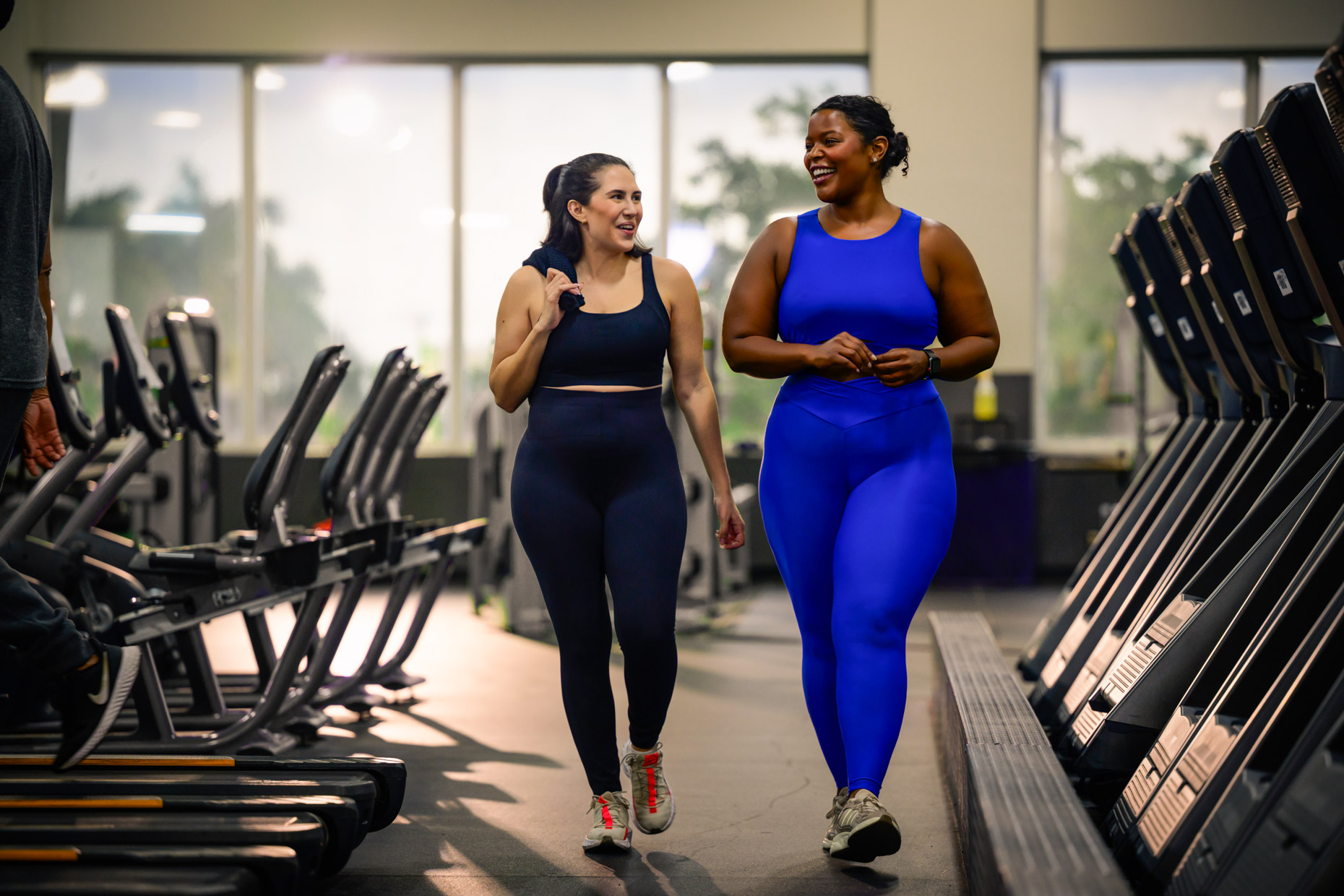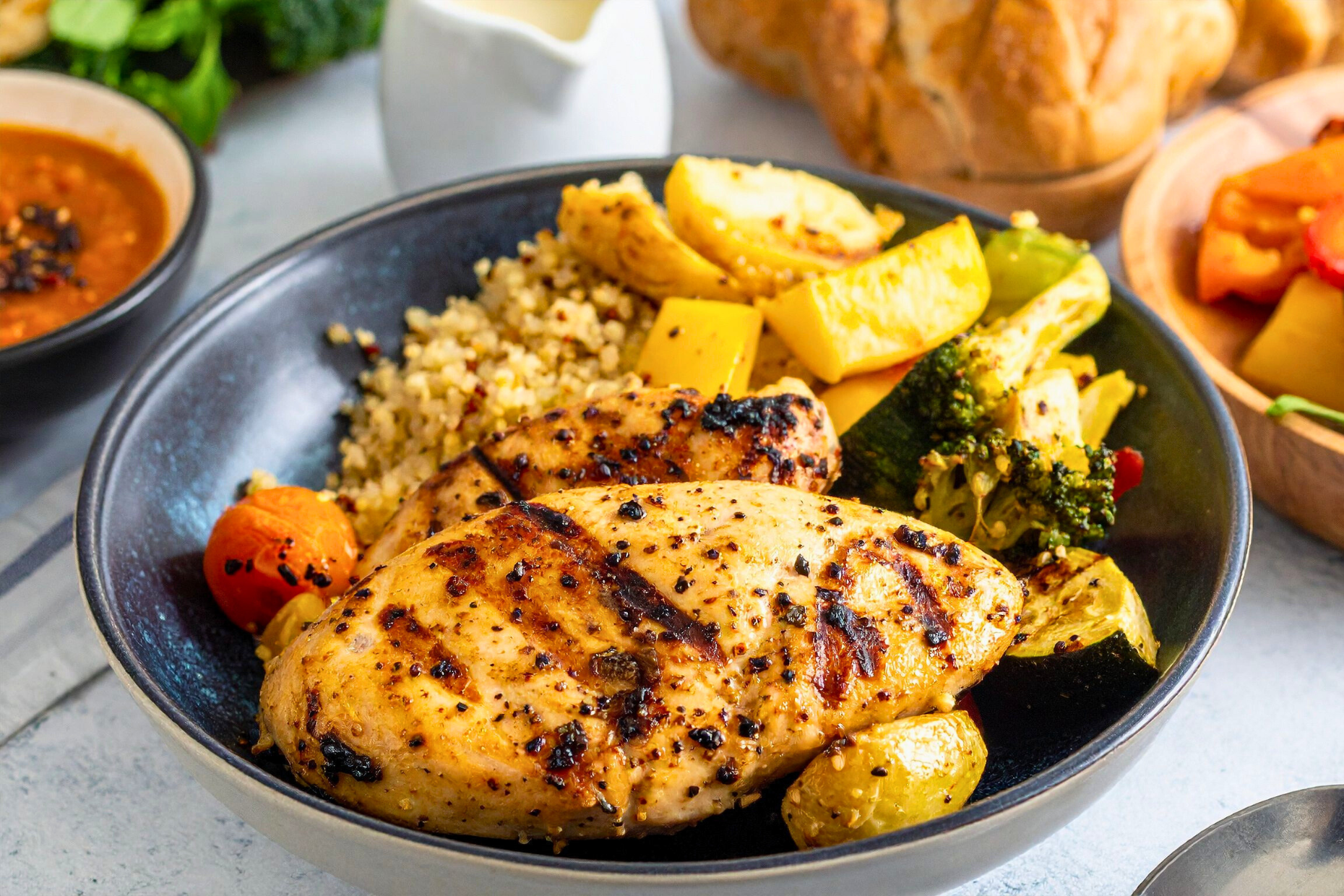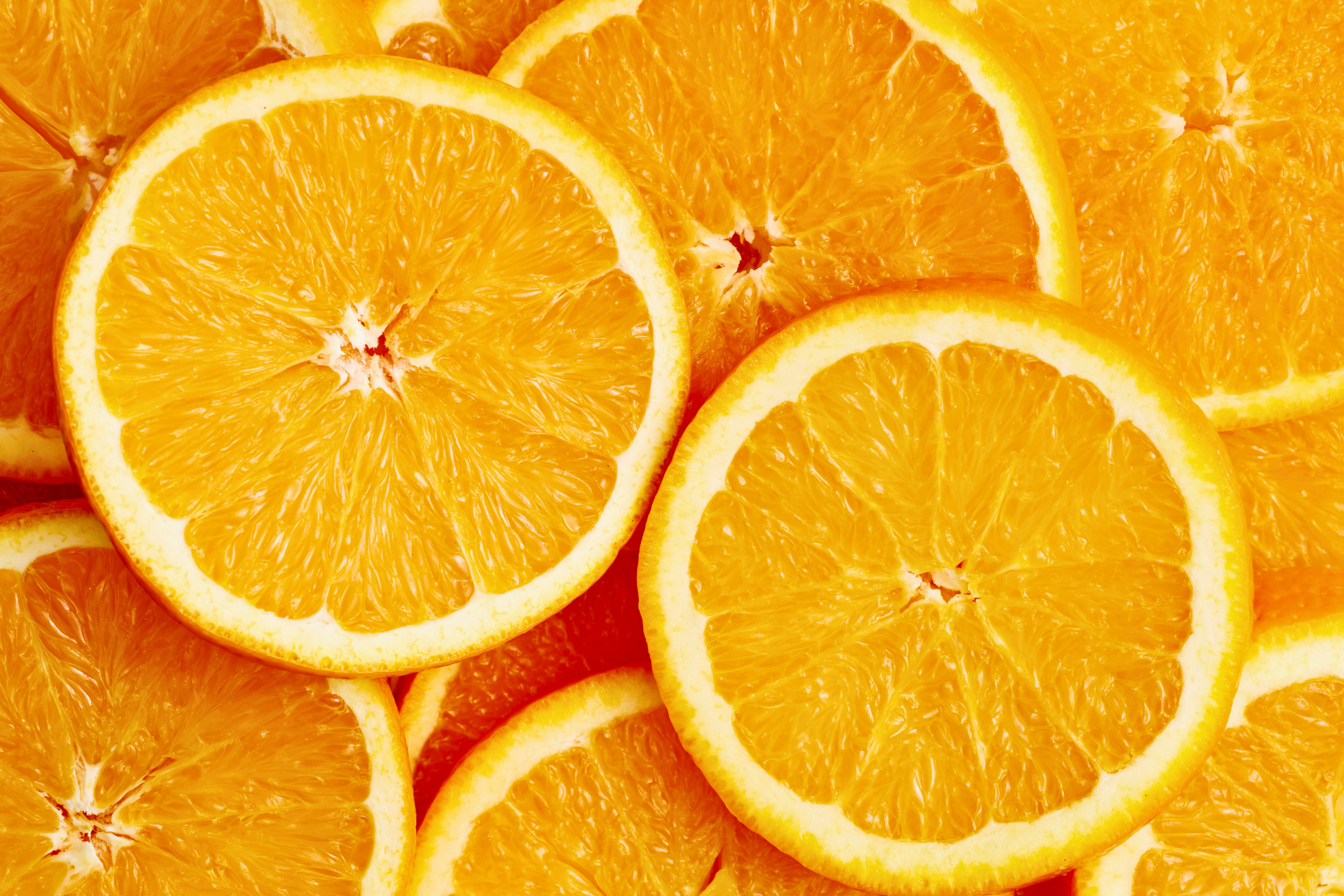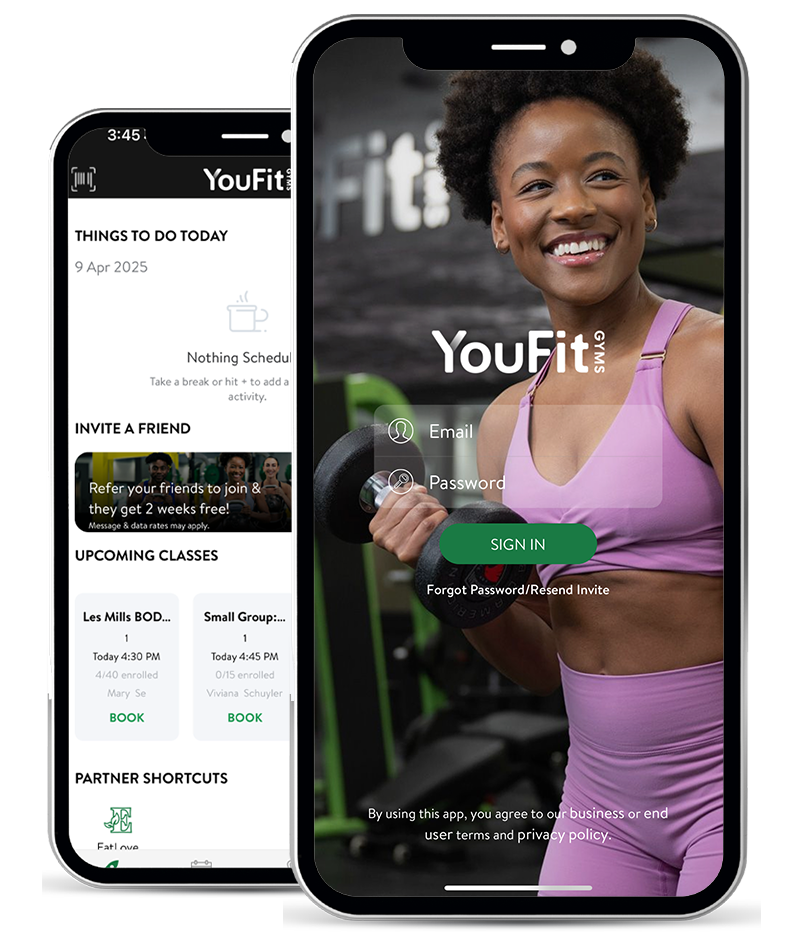I’ve been there. Staring in the mirror, flexing a bicep that felt like it hadn’t changed in months, despite my consistent effort. I was showing up to the gym, I was lifting weights, I was going through the motions. But I was stuck in a frustrating cycle of “working out” without actually building. It felt like I was trying to shout in a library — my effort was there, but the results were silent.
Project Hypertrophy
The missing piece, I later discovered, wasn’t more effort. It was a smarter, more intentional strategy. It was the difference between just moving weight and truly engineering muscle.
This experience is the very soul of “Project Hypertrophy.” It’s an 8-week blueprint born from exercise science, biology, and real-world application. It’s designed for anyone who is tired of spinning their wheels and is ready to build real, functional lean muscle. This isn’t about just getting “bigger”; it’s about getting stronger, boosting your metabolism, and sculpting a physique that reflects your dedication. We’re going to move beyond the guesswork and into the science of growth. Get ready to learn the language your muscles speak.
The Art and Science of Hypertrophy: What IS Muscle Growth?
To command your muscles to grow, you first need to understand what they are and how they respond to stress. Hypertrophy, in scientific terms, is the increase in the size of your muscle cells. This process isn’t mystical; it’s a profound biological adaptation. When you lift weights, you’re not just moving an object from point A to point B; you are sending a powerful signal to your body that it needs to become stronger and more resilient. This signal is delivered through three primary mechanisms:
- Mechanical Tension: This is the single most important driver of muscle growth. It’s the force generated by your muscles when they contract against a challenging weight. Think of the tension you feel in your quads at the bottom of a heavy squat. This tension disrupts the internal structure of the muscle fibers, signaling to the body that it must adapt by growing larger and stronger to handle such a load in the future.
- Metabolic Stress: You know that tight, swollen feeling you get in your muscles during a high-rep set? That’s the “pump,” and it’s a sign of metabolic stress. This occurs when you work your muscles to the point that metabolic byproducts like lactate accumulate. This cellular swelling and metabolic buildup sends another powerful signal for muscle growth, often associated with pathways that increase muscle cell endurance and size.
- Muscle Damage: This might sound negative, but it’s a crucial part of the process. Lifting weights, especially with a focus on the eccentric (lowering) portion of the lift, creates microscopic tears in the muscle fibers. This damage triggers an inflammatory response, which is your body’s natural repair process. This is where the magic happens. Your body dispatches specialized stem cells called satellite cells to the damaged site. These cells fuse to the existing muscle fibers, donating their nuclei and material to repair the damage and, in the process, make the muscle fiber bigger and more resilient than it was before. You are literally rebuilding yourself, stronger with every session.
Your nervous system is the commander-in-chief of this entire operation. The mind-muscle connection is not a “bro-science” myth; it’s a tangible neurological process. By focusing your conscious intent on the specific muscle you are working, you can improve motor unit recruitment. This means your brain sends a clearer, stronger signal, activating more muscle fibers with each repetition. More activated fibers mean more mechanical tension, more metabolic stress, and a more potent stimulus for growth.
The Blueprint for Growth: Your Push/Pull/Legs (PPL) Workout Split
For Project Hypertrophy, we are adopting one of the most effective and time-tested training splits: Push/Pull/Legs (PPL). This structure is brilliant in its simplicity and effectiveness.
- Push Day: You will train all the “pushing” muscles of the upper body. This includes the chest (pectorals), shoulders (deltoids), and triceps. These muscles all work synergistically in pressing movements.
- Pull Day: You will train all the “pulling” muscles of the upper body. This includes the back (lats, rhomboids, traps) and biceps. These muscles work together in rowing and pulling-down movements.
- Legs Day: This day is dedicated entirely to the lower body, targeting the quads, hamstrings, glutes, and calves.
We will run this PPL cycle twice a week, following a “PPL, Rest, PPL, Rest” schedule. This means each muscle group is trained directly every 3-4 days, which is the optimal frequency for maximizing recovery and growth signals. This high frequency allows for more opportunities to stimulate hypertrophy compared to a traditional “bro split” where you might only train chest once a week.
Ready to see where you’ll execute this powerful plan? The variety of equipment in our YouFit gyms, from plate-loaded Hammer Strength machines to extensive dumbbell racks and cable stations, is the perfect playground for a PPL split.
Experience the ideal environment for muscle growth. Click here to claim your complimentary 3-day pass to YouFit Gyms and explore our strength training zones!
The Engine of Progress: Mastering Progressive Overload
If hypertrophy has one unbreakable law, it is the law of progressive overload. Your body is an adaptation machine; it will only grow if it is consistently given a reason to. Progressive overload is the principle of continually increasing the demands placed on your musculoskeletal system. Simply going to the gym and lifting the same weights for the same reps every week will lead to a plateau. To grow, you must consistently challenge yourself. Here’s how we apply it:
- Increasing Weight (Intensity): This is the most straightforward method. If you successfully completed 3 sets of 10 reps on the dumbbell bench press with 50 lbs, your goal for the next session might be to use 55 lbs. This directly increases mechanical tension.
- Increasing Repetitions (Volume): If you can’t yet increase the weight, aim to complete more reps with the same weight. If you did 10 reps last week, fight for 11 or 12 reps this week. This increases the total work done by the muscle.
- Increasing Sets (Volume): Another way to increase total volume is to add an additional set. If the program calls for 3 sets of an exercise, and you’re feeling strong, you could push for a fourth set to further fatigue the muscle and stimulate more growth.
- Decreasing Rest Time (Density): By reducing your rest periods between sets (e.g., from 90 seconds to 75 seconds), you force your muscles to recover more quickly and work harder in a state of fatigue. This is a fantastic way to increase metabolic stress.
- Improving Form and Mind-Muscle Connection (Efficiency): This is an advanced but crucial form of progressive overload. Lifting the same weight but with better control, a slower eccentric phase, and a more intense peak contraction creates a higher quality stimulus for the muscle, even if the numbers in your logbook haven’t changed.
This program is divided into two 4-week phases. Track every workout. Write down your weights, sets, and reps. Your logbook is your map to progress.
Phase 1: Accumulation (Weeks 1-4)
Focus: Higher volume and moderate weight to build a strong foundation, master form, and generate metabolic stress. Rep range is primarily 8−12. Rest 60−90 seconds between sets.
- Day 1: PUSH
- Incline Dumbbell Press: 4 sets×8−12 reps
- Pro-Tip: Focus on driving your elbows together at the top of the movement to get a strong contraction in your upper chest.
- Flat Barbell Bench Press (or Hammer Strength Chest Press): 3×8−12 reps
- Seated Dumbbell Shoulder Press: 3×8−12 reps
- Pro-Tip: Don’t let your elbows flare out too wide. Keep them slightly in front of your body to protect your shoulder joint.
- Cable Lateral Raises: 3×12−15 reps (for the “pump”)
- Tricep Rope Pushdowns: 3×10−12 reps
- Overhead Dumbbell Tricep Extension: 3×10−12 reps
- Incline Dumbbell Press: 4 sets×8−12 reps
- Day 2: PULL
- Pull-Ups (or Assisted Pull-Up Machine): 4 sets×As Many Reps As Possible (AMRAP)
- Barbell Rows (or T-Bar Rows): 3×8−12 reps
- Pro-Tip: Initiate the pull with your back muscles, not by jerking the weight with your arms. Imagine pulling your elbows to the ceiling.
- Seated Cable Rows (Close Grip): 3×10−12 reps
- Face Pulls: 3×15−20 reps (crucial for shoulder health)
- Dumbbell Bicep Curls: 3×10−12 reps
- Hammer Curls: 3×10−12 reps
- Day 3: LEGS
- Barbell Back Squats: 4×8−12 reps
- Romanian Deadlifts (RDLs): 3×10−12 reps
- Pro-Tip: Think about pushing your hips back as far as you can, keeping a slight bend in your knees. You should feel a deep stretch in your hamstrings.
- Leg Press: 3×10−15 reps
- Lying Leg Curls: 3×12−15 reps
- Walking Lunges: 3×10 reps per leg
- Seated Calf Raises: 4×15−20 reps
- Day 4: REST
- Day 5: PUSH (Repeat Day 1, try to increase weight or reps)
- Day 6: PULL (Repeat Day 2, try to increase weight or reps)
- Day 7: LEGS (Repeat Day 3, try to increase weight or reps)
Phase 2: Intensification (Weeks 5-8)
Focus: Lower volume and heavier weight to maximize mechanical tension. Rep range is primarily 6−10. Rest 90−120 seconds between sets to allow for full recovery and maximum strength output.
- Day 1: PUSH
- Flat Barbell Bench Press: 4 sets×6−8 reps
- Incline Dumbbell Press: 3×8−10 reps
- Standing Overhead Press (Barbell): 3×6−8 reps
- Dumbbell Lateral Raises: 3×10−12 reps
- Close Grip Bench Press: 3×8−10 reps (great for triceps)
- Skull Crushers: 3×8−10 reps
- Day 2: PULL
- Weighted Pull-Ups (or Lat Pulldowns): 4×6−8 reps
- Pendlay Rows: 3×6−8 reps
- Pro-Tip: This is an explosive row from a dead stop on the floor. It builds raw power in the upper back.
- Single-Arm Dumbbell Rows: 3×8−10 reps per arm
- Face Pulls: 3×15−20 reps
- Barbell Bicep Curls: 3×8−10 reps
- Incline Dumbbell Curls: 3×8−10 reps
- Day 3: LEGS
- Barbell Back Squats: 4×6−8 reps
- Conventional Deadlifts (Optional, or more RDLs): 3×5−6 reps
- Bulgarian Split Squats: 3×8−10 reps per leg
- Pro-Tip: This unilateral exercise is brutal but incredibly effective for building single-leg strength and stability.
- Glute Ham Raises (GHR Machine) or Lying Leg Curls: 3×8−10 reps
- Leg Extensions: 3×12−15 reps
- Standing Calf Raises: 4×10−15 reps
- Day 4: REST
- Day 5, 6, 7: Repeat the PPL cycle.
Fueling the Machine: Your Guide to Macros for Lean Muscle Gain
You cannot build a house without bricks, and you cannot build muscle without a surplus of calories and protein. Your nutrition is not secondary to your training; it is an equal partner.
Step 1: Calculate Your Caloric Needs
First, you need to estimate your Total Daily Energy Expenditure (TDEE), which is the number of calories you burn per day. A simple formula is:
Your Bodyweight (in lbs) × 15 = Estimated TDEE
This is a rough estimate. For a more accurate number, use an online TDEE calculator that factors in your age, gender, height, and activity level.
Step 2: Create a Lean Surplus
To build muscle, you need to consume more calories than your TDEE. We want a lean surplus to minimize fat gain.
Your TDEE + 300 calories = Your Daily Calorie Target
Start here. If you’re not gaining about 0.5 lbs per week, you can increase your surplus to 500 calories.
Step 3: Set Your Macronutrients
- Protein (4 calories per gram): This is the most crucial macro for muscle repair and growth.
- Target: 1 gram per pound of bodyweight.
- Example: A 180 lb person needs 180g of protein. (180×4=720 calories)
- Fat (9 calories per gram): Healthy fats are essential for hormone production, including testosterone, which is vital for muscle building.
- Target: 25% of your total daily calories.
- Example: For a 3000-calorie target: 3000×0.25=750 calories. (750÷9=83g of fat)
- Carbohydrates (4 calories per gram): Carbs are your primary energy source. They fuel your workouts and replenish muscle glycogen.
- Target: The remaining calories.
- Example: 3000 (Total)−720 (Protein)−750 (Fat)=1530 calories. (1530÷4=382g of carbs)
Sample Day of Eating (for a 180 lb person targeting ~3000 calories)
- Meal 1: 4 whole eggs, 1 cup oatmeal, 1 banana.
- Meal 2: 6 oz grilled chicken breast, 1.5 cups brown rice, 1 cup broccoli.
- Meal 3 (Pre-Workout): 1 scoop whey protein, 1 apple, 2 tbsp peanut butter.
- Meal 4 (Post-Workout): 1.5 scoops whey protein, 8 oz milk, 1 large banana (in a shake).
- Meal 5: 6 oz lean ground beef, 1 large sweet potato, large mixed green salad with olive oil.
Now you have the workouts and the nutrition plan. All that’s left is the execution.
Stop guessing and start building. Put this plan into action in an environment designed for results. Grab your complimentary 3-day pass to YouFit Gyms now!
Frequently Asked Questions
How fast can you realistically build muscle on this 8-week program?
For a novice or intermediate lifter following this program and nutrition guide diligently, a realistic rate of muscle gain is approximately 0.5 to 1 pound of lean muscle per week in the initial stages. This means you could potentially gain 4 to 8 pounds of muscle over the 8-week program. Results will vary based on genetics, training experience, sleep quality, and consistency, but this provides a scientifically-backed and achievable target that prioritizes lean tissue gain over fat accumulation.
Is it necessary to consume a large amount of protein to build muscle?
Yes, consuming an adequate amount of protein is absolutely essential for building muscle, as amino acids from protein are the literal building blocks for new muscle tissue. While you don’t need to consume excessive amounts, the evidence-based recommendation of 0.8 to 1 gram of protein per pound of body weight is the optimal range for maximizing muscle protein synthesis. This ensures your body has a constant supply of the raw materials it needs to repair the damage from your workouts and build new, stronger muscle fibers.
What is the actual difference between “building muscle” and “toning”?
The term “toning” is largely a marketing concept that describes the appearance of having visible muscle definition with low body fat. There is no physiological process called “toning.” You cannot lengthen or “tone” a muscle in that sense. The “toned” look is achieved through a combination of two things: 1) building muscle through hypertrophy (like in this program) to create shape and firmness, and 2) reducing the layer of body fat covering the muscle so that its definition becomes visible. This program directly addresses the first and most important part of that equation.
How much rest should I take between sets?
It depends on the goal. For the Intensification Phase (Weeks 5-8), where you’re lifting heavy in the 6-8 rep range, rest for 90-120 seconds. This allows for near-full recovery of your ATP-PC energy system, enabling you to lift with maximum force on each set. For the Accumulation Phase (Weeks 1-4), with higher reps (8-12), resting for 60-90 seconds is ideal. This shorter rest keeps metabolic stress high, which is also a driver of hypertrophy.
Is muscle soreness (DOMS) a good indicator of a successful workout?
Not necessarily. Delayed Onset Muscle Soreness (DOMS) is a sign of muscle damage, which is one of the mechanisms for growth, but it is not the most important one. As your body adapts to the training program, you will likely experience less soreness, but that does not mean you’re not growing. The best indicator of a successful workout is progression. If you are getting stronger over time (lifting more weight, doing more reps), you are providing the stimulus for growth, regardless of how sore you are.
Can I do cardio while on this muscle-building program?
Yes, and you should! Two to three low-to-moderate intensity cardio sessions per week (e.g., 20-30 minutes of incline walking or cycling) are excellent for cardiovascular health, recovery, and managing body fat. To avoid it interfering with muscle growth, try to perform cardio on your rest days or several hours apart from your weight training sessions. Avoid excessive, high-intensity cardio, as that can cut into your recovery resources.
I’m a “hardgainer” and struggle to put on weight. Will this work for me?
Yes. “Hardgainers” typically just have a faster metabolism and/or a lower appetite, meaning they need to be extra diligent with nutrition. For you, the most critical part of this program is the calorie surplus. You may need to increase your surplus to +500 or even +750 calories above your TDEE. Focus on calorie-dense foods like nuts, avocados, olive oil, and consider adding a third protein shake or a mass gainer to your daily intake to ensure you’re hitting your calorie and macro targets consistently.
Should I take supplements like creatine on this program?
While not required, creatine monohydrate is one of the most researched and effective supplements for increasing strength, power output, and muscle mass. It works by increasing your body’s stores of phosphocreatine, which helps you produce energy during short, intense efforts (like lifting weights). If you are serious about maximizing your results on this program, taking 5 grams of creatine monohydrate daily is a safe and proven strategy to support your goals.

